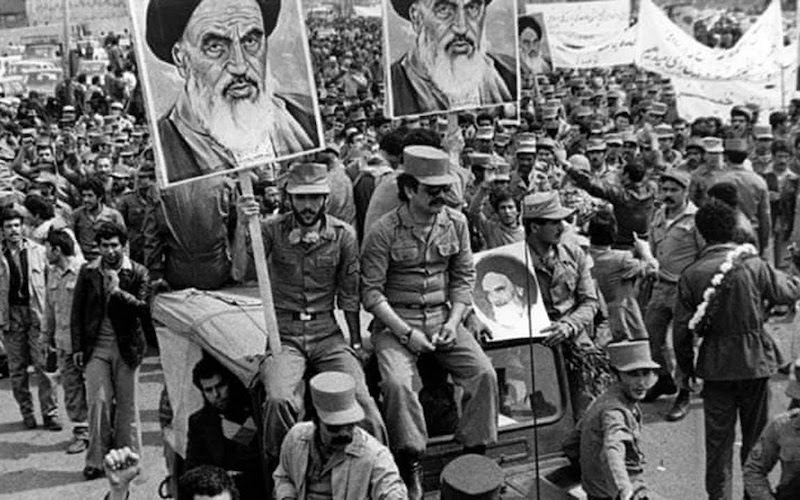Iranian Revolution
Episode #8 of the course Revolutions that changed the world by James Wareing
Today, we look at our first revolution with a religious element. We will see how the Revolution still shapes not only Iran today but also the West’s relations with Iran, in particular, the USA.
What Caused the Revolution?
The roots of the Iranian Revolution can be traced to 44 years ago, when the American CIA aided the overthrowing of the prime minister and put Shah Reza Pahlevi in control. Shah, while a modernizer, especially by Middle Eastern standards, cracked down mercilessly on any forms of dissent. Political opponents lived in fear of the secret police, SAVAK, which had been trained by America and utilized torture and murder.
Main Events
Opposition formed from a variety of political and social backgrounds, one of which was militant Islamism, espoused by Ayatollah Ruhollah Khomeini, who was living in exile in Iraq. His call in 1977 for strikes brought support from many Iranian citizens and unsurprisingly, was brutally quashed by the Shah, with many civilian deaths. In August of the following year, a fire at a cinema killed around 400 people. While the cause of the fire is unknown, speculation was rife that it had been started by SAVAK, which only increased the fervor of the protesters. This was followed by “Black Friday” on September 8th, when the government used military force to disperse protesters, resulting in the death of nearly 300 civilians.
By late 1978, the strikes had become more frequent and more damaging to the Shah. Oil workers went on strike, severely damaging the economy. Nevertheless, the United States continued to support the Shah. To the USA, the Shah represented the lesser of a multitude of perceived evils that could arise in Iran. They certainly did not want to see Communism form in Iran, nor extreme Islam.
On December 10th and 11th, around nine million Iranians took to the streets in protest against the Shah. The Shah’s reaction was to appoint a new prime minister, Shapour Bakhtiar. However, this did little to calm the revolutionary enthusiasm. In the middle of January 1979, the Shah left Iran with his wife, flying to Egypt, where he was ceremoniously welcome, and taking a casket of Iranian soil with him. The Iranians were jubilant and Khomeini returned, greeted by millions of his supporters. He established an Islamic theocracy, appointing his own prime minister and purging supporters of the Shah.
Iran stayed democratic in name, with prime ministers being elected by the people. However, it is the religious leaders who have the true power. Divine law is what determines much policy as opposed to popular will, with civil liberties such as the right to sexual expression not tolerated.
What Happened Next?
Iran is still ruled by an Islamic theocracy and peddles a hard-line form of Shia Islam. While the revolution undoubtedly had drastic implications for the domestic politics of Iran, it had wider implications abroad. The new Iranian government resented the USA for its assistance to the coup that brought the Shah to power and their continued support of him. Shia Islam demanded the spreading of Islam around the world, and the USA stood and still stands as the antithesis and major opposition to this ideal. Later in 1979, the Shah had medical treatment in the USA for cancer. This sparked anger in Iran, and Iranian students took 52 Americans hostage in the US embassy in Tehran. They were held for 444 days after eight Americans had died in an earlier failed rescue attempt.
How Is It Viewed Today?
Today, “Death to America” is chanted at Friday prayers, and the countries are avowed enemies. America accuses Iran of promoting terrorism, while doing nothing to quell the Iranians’ dislike of apparent meddling in their politics, imposing sanctions on the Iranian regime.
Despite considerable emigration of educated Iranians, a struggling economy, and recent protests, the regime still remains today. However, it is not a model that has been replicated by any other Muslim country.
Tomorrow, we shall learn about the Velvet Revolution and what it meant for the rest of Europe.
Recommended book
Guns, Germs, and Steel: The Fates of Human Societies by Jared Diamond Ph.D.
Share with friends

